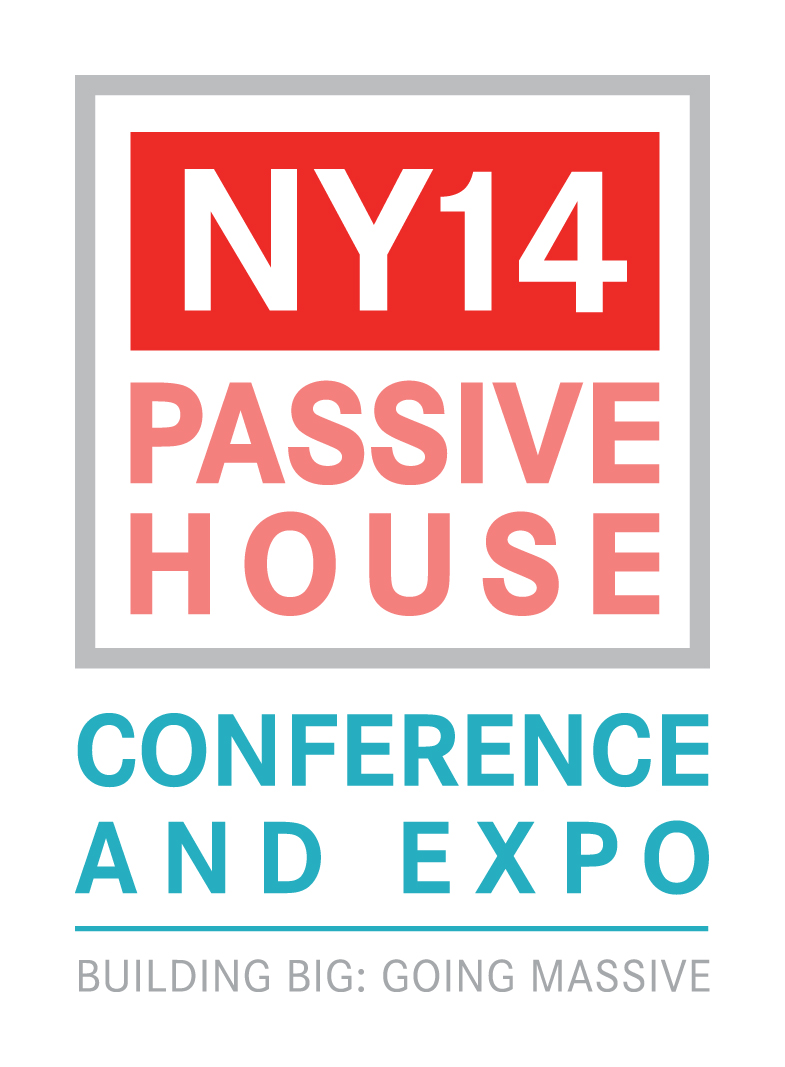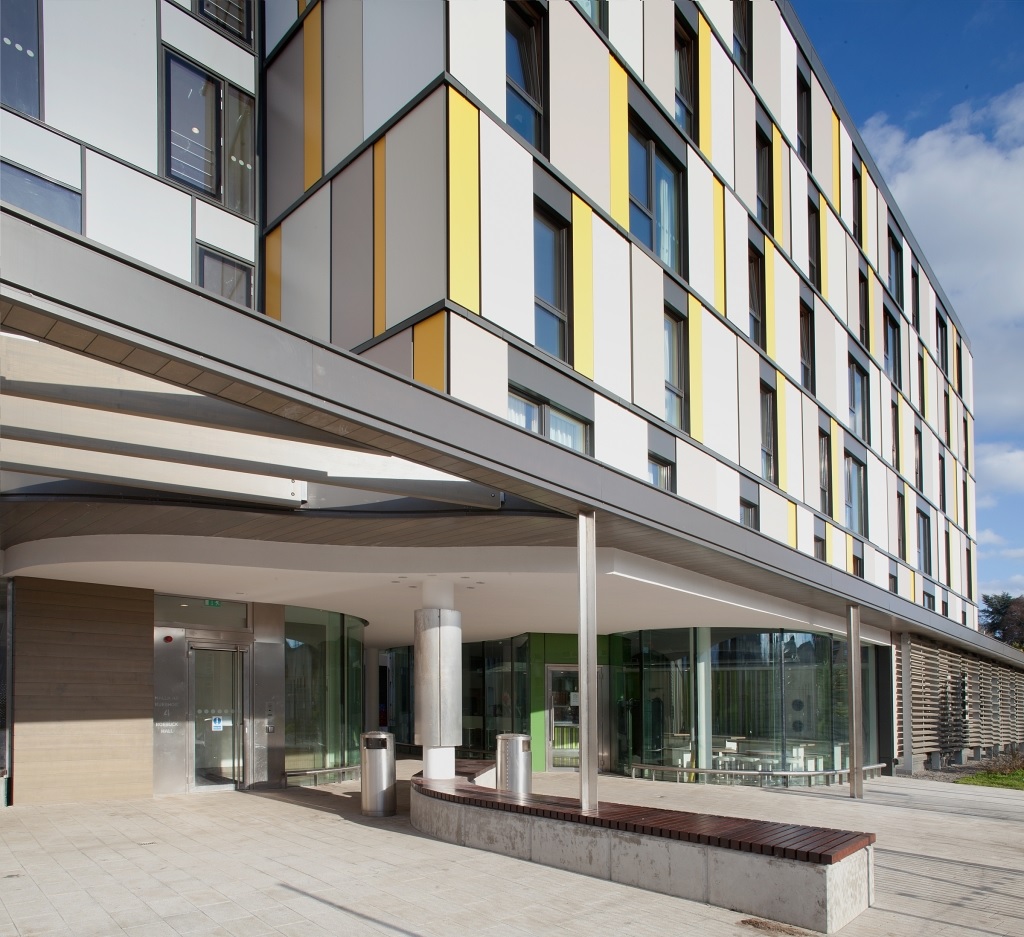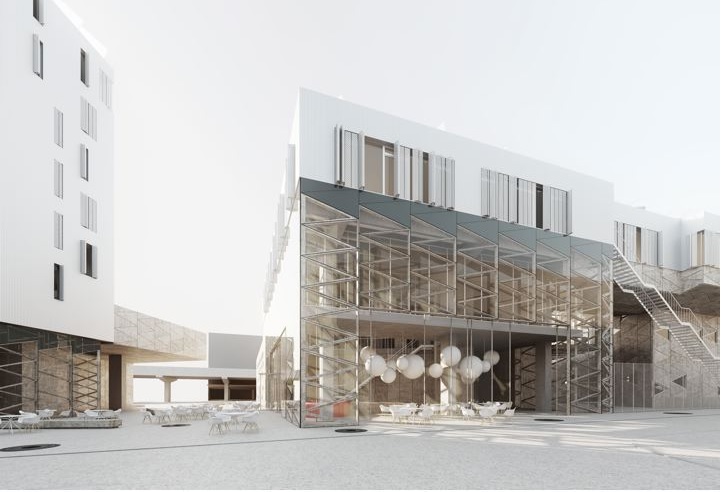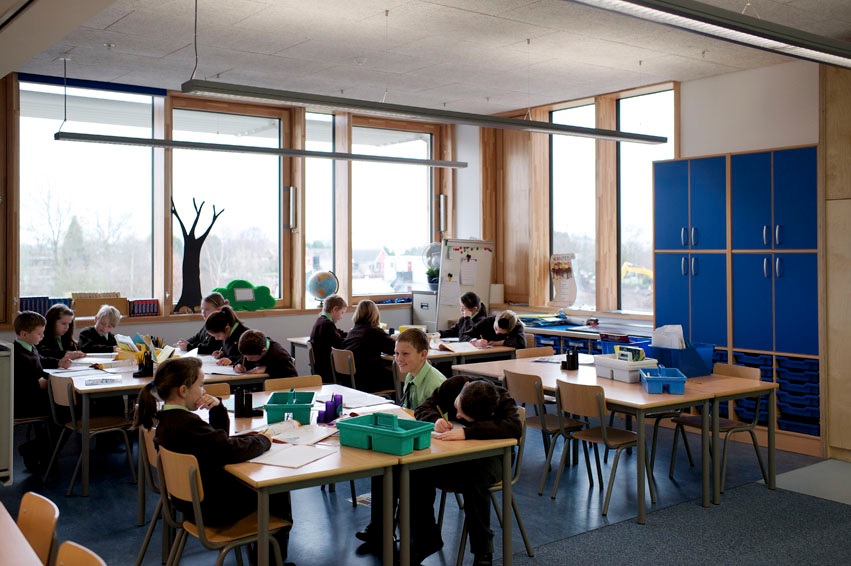New York Building Conference Answers Call to Mitigate Climate Change
New York, NY (PRWEB) May 09, 2014 -- The NY14 Passive House Conference (NY14PH) program will open with Diana Ürge-Vorsatz, scientist and a lead coordinating author for the 2007 Nobel Prize-winning efforts of the Intergovernmental Panel on Climate Change (IPCC). Ms. Ürge-Vorsatz will provide a critical look at the recent IPCC Fifth Assessment, the 2050 carbon reduction goals, and the pivotal role of building efficiency. This most recent IPCC report has gained headlines for stressing the need for decisive action to radically reduce global carbon emissions. Buildings are responsible for approximately 50% of the world's greenhouse gas emissions that result from electricity and heat production. In New York City, buildings account for approximately 75% of citywide carbon emissions, as stated by the PlaNYC Greater Greener Buildings Plan.
Ken Levenson, President of New York Passive House, the organization responsible for the conference expects “NY14PH to be the most in-depth conference program to address building efficiency and climate change mitigation ever held in the U.S.”
Passive House is an international building standard which can affordably deliver a 90% reduction in heating and cooling energy demand from typical building stock, while providing healthy, comfortable, and resilient buildings.
“When thinking about climate change mitigation many are focused on renewable energy production. But to make a decarbonized power grid achievable, it’s critical that we also lock dramatic energy reductions into the fabric of what we build and renovate. The more energy savings we lock in, the easier and more economical the decarbonization task becomes. And Passive House offers a proven and practical way to achieve the savings we need," says Richard Leigh, Director of Research at Urban Green Council.
Mr. Leigh joined by Tomás O’Leary, founder of the Passive House Academy and panelists from the renewable energy and power distribution sectors, will dive into the powerful relationship between efficiency and a green grid in a session titled, “The Energy Puzzle”. The session will illuminate many of the infrastructure transition issues around lowering demand and decarbonzing the power supply, including Nearly Zero Energy Buildings (NZEBs) and the newly released Passive House certifications that encourage energy positive buildings.
A series of presentations will be held about specific building project types by leading practitioners from around the world, including:
- A multi-family apartment building by Chris Benedict, Chris Benedict Architect (New York)
- Primary school and university buildings by Jonathan Hines, Architype (London)
- Dormitory housing by Brian Kavanagh, Kavanagh Tuite Architects (Dublin)
- Brussels Greenbizz city district by Sabine Laribaux, Architectes Associés (Brussels)
One session will demonstrate retrofit strategies across New York City; from Borough Park and Brownstone Brooklyn, to a condominium conversion in Tribeca. The majority of buildings that will be standing in the coming decades already exist today. Therefore, retrofitting building stock to the highest levels of efficiency during the normal course of component replacement and renovation is essential in the implementation of an effective citywide energy strategy. Projects to be presented from the New York area that meet “EnerPHit” standards, a term used to describe a Passive House retrofit, will include:
- Tribeca Condo EnerPHit by Stas Zakrzewski, Zakrzewski + Hyde Architects (Manhattan)
- Borough Park Ambulance Dispatch Center EnerPHit by Gregory Duncan, Gregory Duncan Architect (Brooklyn)
- Brownstone Brooklyn EnerPHit by Cramer Silkworth, Baukraft Engineering (Brooklyn)
- Red Hook Sound Studio EnerPHit by Ryan Enschede, Ryan Enschede Studio (Brooklyn)
- Bedford-Stuyvesant Wood Frame EnerPHit by David White, Right Environments (Brooklyn)
New York’s iconic skyscrapers can also achieve Passive House performance. Lois Arena of Steven Winter Associates (New York) will present on the unique challenges of low-energy, high-rise construction.
A session on the finance and economics of Passive House construction will begin with a detailed examination of a dental clinic by Adam Cohen of Passiv Science (Virginia) along with a panel discussion that includes Andrew Padian of The Community Preservation Corporation (New York), and moderated by Jeremy Smerd, Managing Editor of Crain's New York Business.
The day will conclude with a survey of the latest Passive House developments from the four corners of the globe by leading Passive House consultant Günter Lang (Vienna). A panel discussion will follow, moderated by William Menking, Editor-In-Chief of The Architect's Newspaper, covering the potential impact of Passive House in New York and featuring former Mayor Bloomberg's Deputy Director for Green Building and Energy Efficiency Laurie Kerr, and Urban Green Council Executive Director Russell Unger.
The conference is also an Expo of over 30 of the leading component and service providers crucial to making Passive House buildings a reality. These include Platinum Sponsor, IT Windows and Doors; and Gold Sponsors, Zehnder America ventilation systems, European Architectural Supply windows and doors, and Passive House training provider Association for Energy Affordability.
AIA HSW continuing education credits will be available to qualified attending professionals.
Event Information:
- Name: NY14 Passive House Conference & Expo
- Date: June 17, 2014
- Time: Registration begins 8am, Expo open until 6:30pm
- Location: Metropolitan Pavilion, 125 West 18th Street, New York, NY
For more information and to register for the event see the NY14PH Conference registration page.
About New York Passive House:
New York Passive House (NYPH) is a New York State tax exempt trade organization which promotes the Passive House building energy standard in New York state and the New York City metropolitan area. NYPH provides public outreach, education, support of industry professionals and advocacy to support the success and vitality of the Passive House community. See nypassivehouse.org.
About the Passive House standard:
Passive House is an international building standard developed by the Passive House Institute in Darmstadt Germany, which represents a roughly 90% reduction in heating and cooling energy usage and up to a 75% reduction in primary energy usage from existing building stock – meant to aggressively meet the climate crisis carbon reduction imperative while making a comfortable, healthy and affordable built environment. Passive House is the most cost effective pathway toward the growing demand for net-zero or nearly-net-zero construction. Passive House is also a methodology that requires designers to consider orientation, massing, insulation, heat recovery, passive use of solar energy, solar shading, elimination of thermal bridges, and internal heat sources. The term Passive House may also used to refer to a building that has been tested and certified to meet the Passive House standard. Passive House buildings are extremely energy efficient, healthy, and comfortable for occupants; predictable to manage, and resilient by design. See passivehouse.com.
Ken Levenson, New York Passive House, http://nypassivehouse.org/, +1 (917) 837-8487, [email protected]




Share this article